Hey GuineaGang,
Have you ever been curious about the differences between guinea pigs and hamsters? Look no further; in this blog we'll be going over the differences in detail! Watch this short video for a short summary:
Guinea Pig vs Hamster. Should I Get Hamster or Guinea Pig? What is the Difference Between a Guinea Pig and Hamster?

If you are currently debating whether to get a guinea pig or a hamster, read this article to get a better understanding of which one will be more suitable for you! Or, maybe you just want to know the difference between guinea pigs and hamsters and settle the hamsters vs guinea pigs debate once and for all.
Either way, this guide will teach you the difference and help you decide (if you are debating) which is the right pet for you! Keep in mind that whether you should get either pet is less about whether it is easier to take care of a hamster or a guinea pig, and more about which fits your lifestyle better.
"Guinea pigs are not large hamsters. They are completely different!"
Are Guinea Pig Cages and Hamster Cages the Same?

Guinea pigs and hamsters are distant cousins, deriving from the order Rodentia. Guinea pigs are members of the Caviidae family while hamsters are members of the Cricetidae family. Guinea pigs are bigger and heavier than hamsters—roughly 2-4 times bigger and can weigh around 1.5 to 2.6 lbs whereas hamsters only weigh around 1 to 10 oz. This means guinea pigs will require a much bigger habitat with more room to play, and more food than hamsters (which leads to more cleaning up to do).
Guinea Pig Cage Size
The Humane Society says one to two guinea pigs require a minimum of 7.5 square feet of living space and a recommended space of 10.5 square feet. The guinea pigs require roomier enclosures, so they can exercise on their schedule and have some private space. Most pet store cages are much smaller than minimum size requirements. They may be acceptable for the first couple of weeks when guinea pigs are only babies. However, the owner must quickly look into expanding the cage size as the guinea pigs grow.
Here are a couple of cage options that are appropriate for the guinea pigs or you can read about different types of cages at Different types of Cages.
C&C Cage
The good ol' C&C cage. This DIY solution has been one of the most popular methods among guinea pig enthusiasts, lovers, and experts. The C&C cage uses two main components: C&C grids (used as walls) and coroplast (used as a waterproof base). Although a C&C cage requires some assembly, building it does not take much time or skill. The 2 x 3 grid size would provide your guinea pigs with the minimum size of 7.5 square feet (Shown below), and the 2 x 4 grid size would provide the recommended size of 10.5 square feet.

D.I.Y (Do it Yourself)
You can also try the DIY options if you are handy. GuineaDad built a cage with IKEA furniture, and it provides about 2 grid by 6 grid space for his three guinea pigs. You can click the picture to watch the video. The possibilities are endless!
Pre-built cage
More than 90% of pre-built cages that are "made for guinea pigs" are not appropriate for the guinea pigs. Most of them do not reach even the minimum requirement of 7.5 square feet, let alone the recommended space of 10.5 square feet. One brand that is suitable for a pair of guinea pigs is the MidWest Guinea Habitat. However, many experts recommend that you upgrade to the C&C cage or DIY options as soon as possible. Below is an example of a hutch for guinea pigs.

Don’t Forget the Bedding!
Just like other small animals, guinea pigs require some sort of bedding. Living on hard and/or wet floors can cause problems such as bumblefoot, while dusty beddings can lead to respiratory difficulties. With the various beddings out there, we strongly urge you to not choose a bedding solely on the price.
It may save a couple bucks here and there, but in the long term, using beddings such as our GuineaDad Liner, will save you not only money, but your guinea pig’s health as well. There’s no such thing as the question: do hamsters or guinea pigs smell more, especially when you use the correct bedding!
Hamster Cage Size

The Humane Society of the United States says hamsters require a minimum of 2 to 3 square feet of space for one hamster. Unlike guinea pigs, hamsters are recommended to be kept alone and are more solitary.
Although hamsters need smaller space than guinea pigs, they do better in a bigger and roomier environment. There have been studies that positively correlate the size of the cage with a hamster's lifespan (they live longer and happier in a bigger cage!).
Pre-built & DIY cages
For hamsters, there are some acceptable pre-built options available, but a commonality found among small animals is that, more likely than not, the cages intended for hamsters are also actually smaller than they should be. You can go for pre-built cages but remember that bigger is still better and to make sure the cage size at the very least meets the minimum requirement.
There are also some DIY options where you can use the plastic bin to create cages for hamsters. Many experts will recommend a bin that is larger than 30 gallons.
Some other options are using 40+ gallon aquariums and converting IKEA furniture to make the cage! Again, the DIY possibilities are endless. A popular way to create hamster enclosure is by creating an awesome hamsterscape, the art of creating a beautiful and natural enclosure for a hamster, as shown by @life_of_pepijn above.

Don’t Forget the Bedding!
The most popular substrates for the hamsters are paper beddings and wood shavings, but just like it is for guinea pigs, not all wood shavings are suitable and/or is safe for hamsters. Since hamsters love to burrow, cute hamster enthusiasts encourage owners to have the bedding thick enough (2 to 3 inches) for hamsters to burrow under and navigate.
Just like guinea pigs, hamsters also have a sensitive respiratory system. The respiratory infection in hamsters could come from bacteria and irritation/inflammation from the dust. Fleece may be suitable to use as an accessory (like a hammock or a small area of fleece, it is recommended to provide a section of a cage or a box where hamsters can still burrow.
Difference Between Interaction with Guinea Pig vs Hamster
Guinea Pig Behavior
Guinea pigs are neither strictly diurnal nor nocturnal, meaning they can play with you throughout the day (more time for fun right?). The guinea pigs are social animals and very loving, so it is extremely rare for a guinea pig to bite. They are very gentle and mild-mannered. You can cuddle with your guinea pigs as soon as they become familiar with their surroundings and get comfortable with human interactions. Since guinea pigs are bigger than hamsters and also have weak spines, they need to be handled with both hands supporting their bottom and belly.

Guinea pigs love floor time when they can explore a larger area. You’ll be able to witness countless popcorning and zoomies during these times. We recommend using a guinea pig fleece liner to help them navigate the floor and protect their sensitive feet during their floor times.

Guinea Pig Vocalization
Guinea pigs are very social and expressive resulting in different sounds.- “Wheek” - They can whistle or commonly known as “wheek” to welcome you home, or signify their happiness, or even essentially demanding you provide them their delightful bellies with veggies. These various guinea pigs’ expressions are bound to spark some joy to whomever is able to witness.
- Purring – This sound has numerous meanings, that is based on its tone. A deep relaxed one signifies that the guinea pig is satisfied, a higher pitch purr is more likely signifying their annoyance, and a shorter one may signify fear.
- Chirping – A peculiar noise that you may hear is similar to a bird chirping. There is no certainty of why guinea pigs make this noise, but may be heard when a guinea pigs lose a partner.
Guinea Pig Lifespan
Guinea pigs have an average lifespan of 5-7 years with many living upwards into the double digits! As you can see, when looking to adopt a guinea pig you must be in this invested in the long-term commitment.

There are many factors affecting a guinea pig’s lifespan ranging from its diet, health conditions, and even breed. Many of the health conditions can be treated, as long as it’s treated early such as bumblefoot or overgrown teeth. Bumblefoot can be easily prevented with the use of our GuineaDad's Fleece Liner. The strength of the absorption in our fleece liners prevents guinea pigs from staying in moist environments which is a common factor found in bumblefoot cases.
To ensure that guinea pigs have the best chance of living their lives to the fullest, factors to take into consideration are a good diet, a big enough living space, daily exercise, social interactions with you and other guinea pigs, and good hygiene.
Hamster Behavior
Hamsters are more solitary and quieter than guinea pigs. Hamsters can be affectionate to humans, but without proper time to gain their trust hamsters do bite. They require daily handling and interaction to grow accustomed to you (just like guinea pigs!). Hamsters are small, so they can be handled with one hand once they become adjusted. Another aspect different from guinea pigs is that hamsters are nocturnal so you will see them more active in the evening, night, and early morning.
Hamster Vocalization
Like guinea pigs, hamsters are also able to vocalize to express whatever it may be they would like to tell you. Some may be wondering things like ‘where do hamsters like being pet?’ and the answer is down their back, gently with a finger. However, hamsters will be quick to express when they don’t like the way it’s being done. Here are some common hamster noises and sounds that are often associated with hamsters. Here are some common sounds that are often associated with hamsters.- Squeaking and Squealing – This sound can be heard when your hamster is trying to alert you of something. An example of this may be when they are first being held or have been held too roughly.
- Screaming – This as it sounds is usually heard when your hamster is expressing their fear.
- Hissing – Hamsters are at times aggressive creatures, and this sound is associated with that aspect of aggression. When hamsters hiss it is usually signaling as a sign of warning.
Hamster Lifespan

Hamsters live 2 to 2.5 years, but just like guinea pigs, their age is correlated with various factors such as its species, genetics, diet, exercise, living environment, and quality of care. As you can tell, when it comes to the question of which lasts longer: a hamster or a guinea pig, the answer is a guinea pig.
However, to ensure that hamsters are able to live a long and full life, hamster parents can do their part in making sure their environment and their diet is best and suitable.
How much time can you dedicate to spend with your pet?
Daily To-Do’s with Guinea Pigs
Guinea Pigs eat more which unfortunately means more “raisins” compared to hamsters. The guinea pig cage needs to be spot cleaned (poop and hay on the floor removed with broom or vacuum) once or twice daily. Guinea Pigs not only need another companion guinea pig to interact with but also thrive with human interaction. You need to be willing to talk to them, spend time with them, and provide them with sufficient floor time daily.
Cleaning with GuineaDad Liner makes the process far easier and less time consuming!
Daily To-Do’s with a Hamster
Hamster’s require similar tasks, but don’t require as much floor time. according to hamster101 most hamster owners release their pets from their cages on a daily basis, and many experts recommend that they be permitted this freedom at least once a week Hamsters do require daily interaction so that they grow accustomed to your presence so that he/she won’t bite. It is recommended to change hamster’s food daily, but unlike guinea pigs, fresh food isn’t something that has to be provided every day. As a matter of fact, providing fresh food every other day is sufficient to supplement their diet with a balanced nutrition!
@hamster_fredster's daily routine consists of spot cleaning, sieving sand, changing the water, and adding boredom breaker and a salad!
Nutritional Difference Between Guinea Pigs and Hamster
Guinea Pig Nutrition
In terms of nutrition, guinea pigs are herbivores and require a rather basic diet. They must be provided an unlimited amount of hay and fresh water, along with 1 cup of fresh vegetables (bell peppers, cucumber, red leaf lettuce, etc) on a daily basis. GuineaDad Nourish Series provides the freshest Timothy Hay for guinea pigs in the most convenient packaging so that all you need to do is open it and clip it to the cage!
The hay provides them with the fiber necessary to aid with digestion and also help grind down their ever-growing teeth. The fresh veggies are given to supplement their diet with necessary vitamins and minerals such as Vitamin C, since guinea pigs are unable to produce their own. By providing them with the Vitamin C, it can prevent the contraction of complications such as scurvy.
Hamster Nutrition
Hamsters are omnivores, which is best supplemented with foods they would eat in the wild (hamsters would eat plants and insects in the wild). It is recommended to feed hamsters at least 10 grams of dry hamster food a day and should consist of at least 16% protein and 5% fat. Other than that, unlike guinea pigs, hamsters can eat various types of food (seed, grains, nuts, fruits, vegetables, and insects).
Information on Hamsters and Guinea Pigs Online
It seems to be a common issue for small animals when it comes to looking for information. For both hamsters and guinea pigs (and other small animals I’m sure), there are a lot of voids when it comes to information regarding hamsters and guinea pigs, so make sure to search thoroughly!
Conclusion
I hope this guide helps you in deciding to go for guinea pigs or a hamster! Being GuineaDad, I have to admit that I am biased. I would highly recommend guinea pigs to anyone willing to commit to taking care of guinea pigs for their whole life span. However, it is up to your preference as they both have their pros and cons. It’s less about whether a hamster or a guinea pig is better, and more about how caring for each would fit your lifestyle!
Based on what is written, I would say taking care of guinea pigs requires a bit more diligence, and time in comparison to hamsters, but with such friendly fluff, it is all worth it!
Based on my years of experience with guinea pigs and raising three girl piggies myself, I have never regretted a single moment. I got so committed to them that I decided to start GuineaDad. You can imagine how much love and emotional support I get from guinea pigs.
Since I, personally don’t have much experience with hamsters, I asked around to get some opinion and input on what raising hamsters are like from these individuals:
The last thing I want to tell everyone is to do enough research about the pets before adopting them. They totally deserve all the time and work!
If anyone else has experiences with hamsters, has more knowledge on any of the matter, or would like for me to add anything please share in the comment!
You can find more information about guinea pigs and hamsters below, along with the infographics. Enjoy!
Awesome Videos for Guinea Pig and Hamster Care + Basics!
Guinea Pig Care:
You can watch our other videos, such as our Q&A's to answer more of your questions!
Tips Before Adopting Guinea Pigs:
Guinea Pig Starter Kit:
What Guinea Pig Bedding Should You Use:
Best Way to Clean Guinea Pig Cage:
Hamster Care:
We were able to learn a lot from Victoria. Watch the videos in her channel to garner more knowledge on hamsters (and rabbits!)
How to Set Up A Hamster Cage:
How to Clean Hamster Cage:
Owning a Hamster on a Budget:
More Fun Facts
There are a bunch of differences when it comes to hamsters and guinea pigs. Although they are both related in a way, they are like distant, distant, distant, distant cousins. They are both parts of the Rodentia order, but guinea pigs are from the genus Cavia family, while hamsters belong to the Cricetinae family.

LIFESPAN - Guinea pigs have a longer lifespan than hamsters, almost three times longer! Guinea pigs can live for 4-8 years, while a hamster's lifespan is 2-3 years. If you are debating between a guinea pig and a hamster, this is something major you should consider.
SIZE and WEIGHT - Size is another major difference. It’s pretty obvious that guinea pigs are a few times larger than hamsters. A guinea pig is around the size of a large potato and weighs 1.5-2.6 pounds while a hamster is the size of a strawberry and only weighs 1-10 ounces.
FEET and HANDS and TAILS - Guinea pigs have 4 feet and no tail while hamsters have 2 hands, 2 feet, and a tail. Guinea pigs are mainly on all fours and never use their front paws to hold things the way hamsters do. Hamsters tend to sit up on their hind legs and hold seeds in their hands to chew on. Guinea pig feet are sensitive, so it’s best to provide guinea pig fleece lining in their habitats and where they play.
ACTIVITY - Guinea pigs are more day active, but really only take short naps equaling 4 hours total. Hamsters are more nocturnal, so you may not want to keep them in your room if you have a squeaky running wheel.
OMNIVORE vs. HERBIVORE - Hamsters are omnivores, which means they eat both plant-based and animal-based diets. Although not a lot of new pet owners know this, you can feed mealworms to your hamsters! On the other hand, guinea pigs are herbivores, which means they only eat a plant-based diet. Guinea pigs should always have an unlimited amount of Timothy hay for guinea pigs to munch on, and it should make up the majority of a guinea pig’s diet. Guinea pigs also produce caecotropes, which is a softer stool that they ingest. Don’t be alarmed if you see this. It’s normal, and they take back the nutrients in the feces.
COMPANIONSHIP - Guinea pigs are very social creatures and are best kept with a pack of guinea pigs. If it’s not possible to have more than one, spend lots of time with the guinea pig. However, hamsters are better left in solitude because they are very territorial. Keeping more than one in a cage could lead to fighting.

REPRODUCTION - Guinea pigs give birth to pups, and each litter carries 2-4 pups. Sometimes they may even carry up to 13 pups at one time. On average, hamsters can give birth to 6-12 pups, but the maximum can be 20 pups!
Want to learn more about what makes guinea pigs different from other animals? Read our blogs:
Every Guinea Pig is Different!
Guinea Pig Sounds and Their Meanings!
Where Do Guinea Pigs Come From?
Guinea Pigs Are Smarter Than You Think!
10 Fun Facts About Guinea Pigs (That You Probably Didn't Know)!


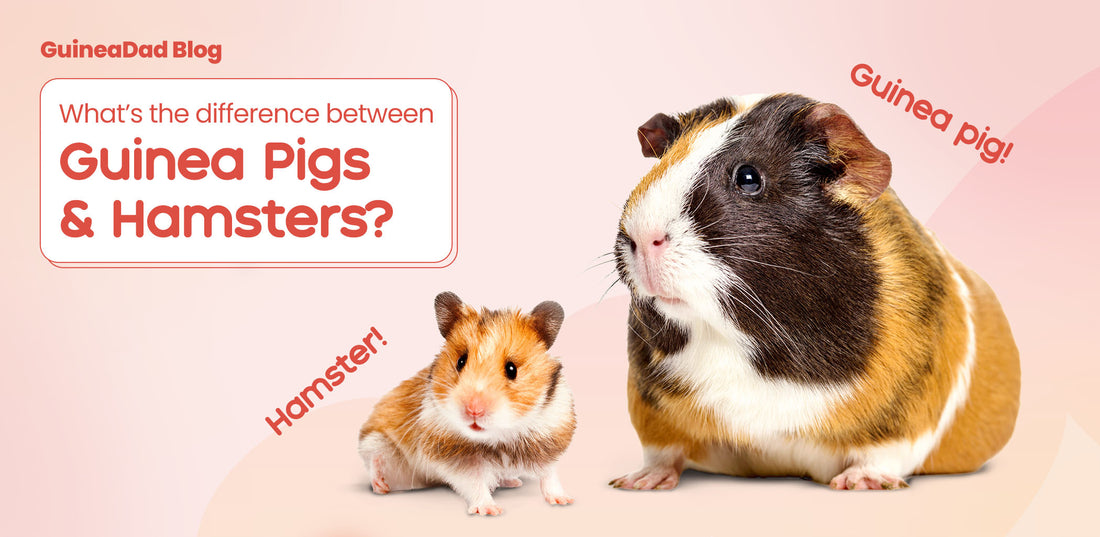






















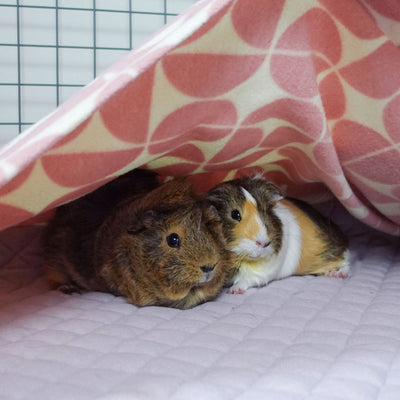
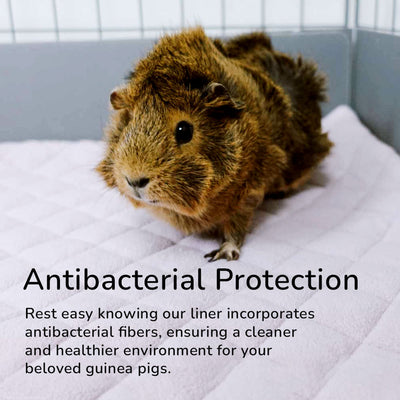
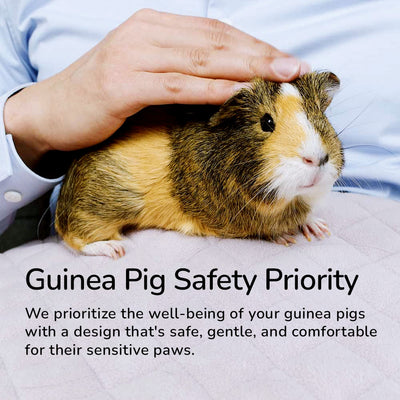








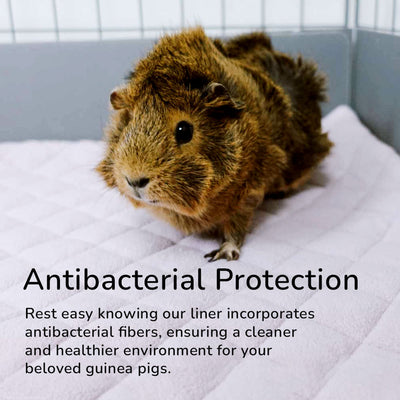
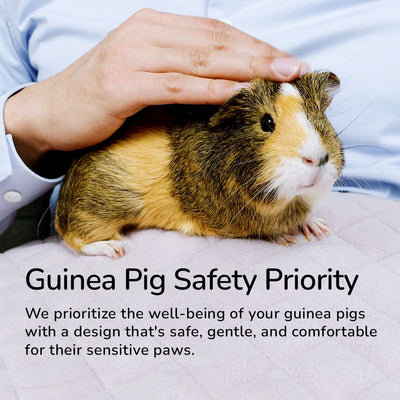



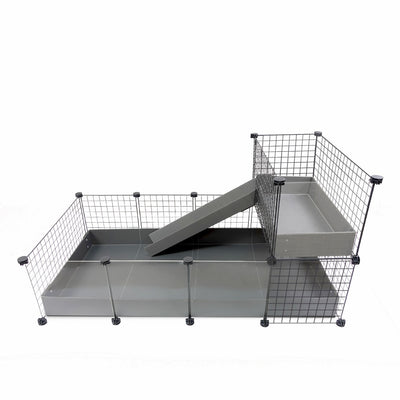
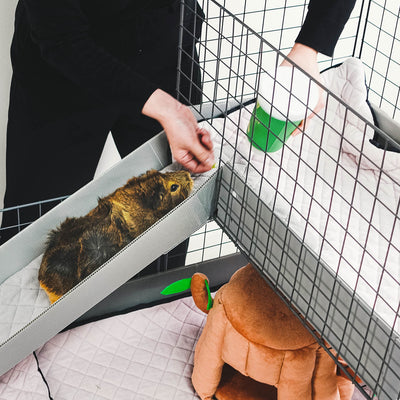
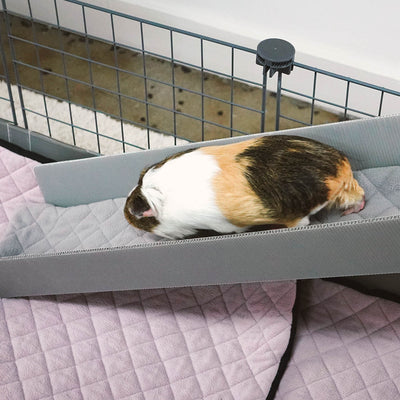
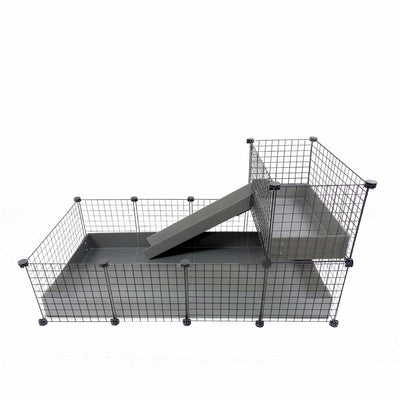

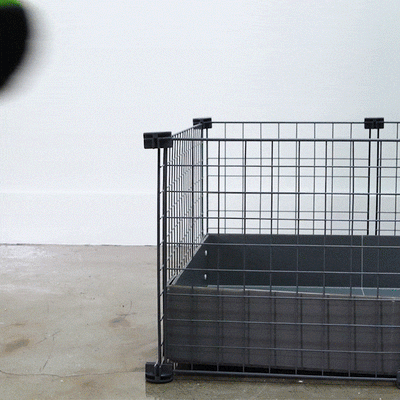
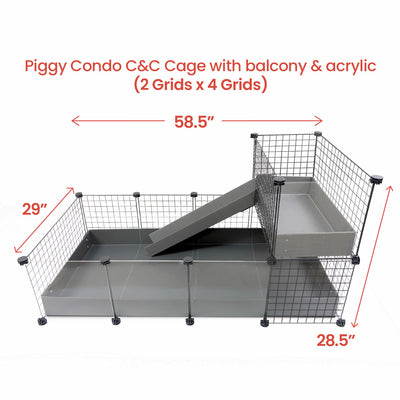
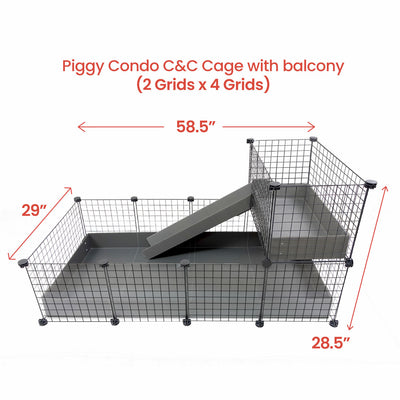
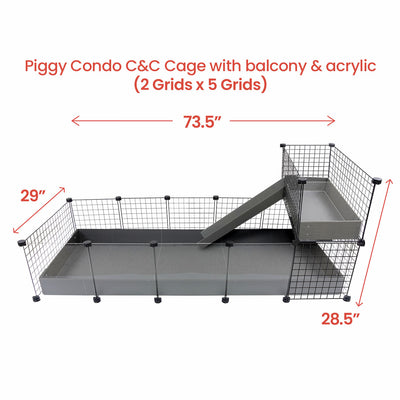
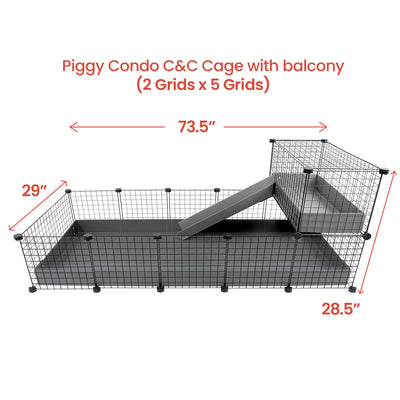
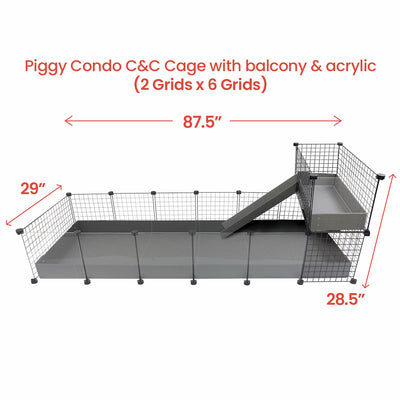
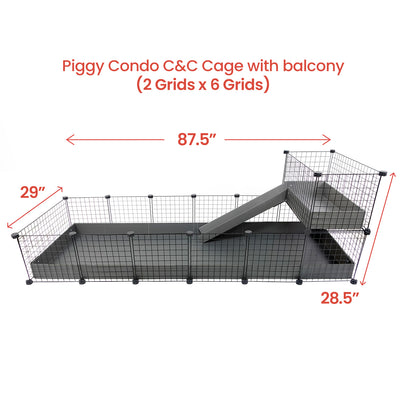
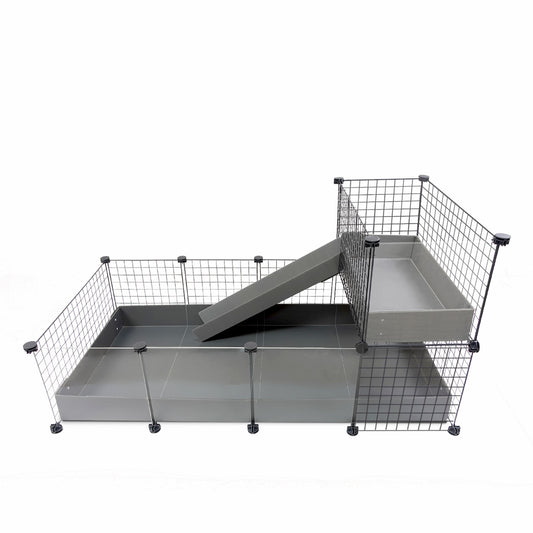
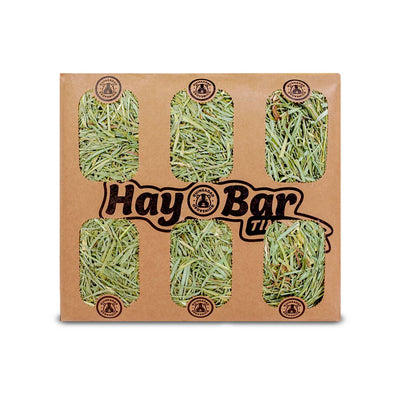
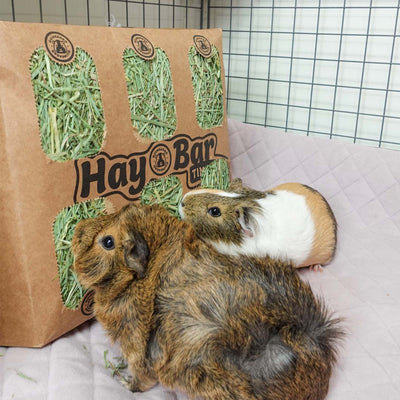
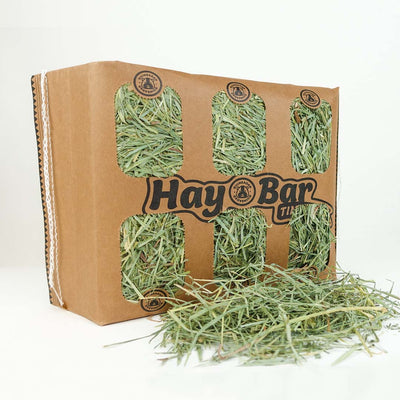
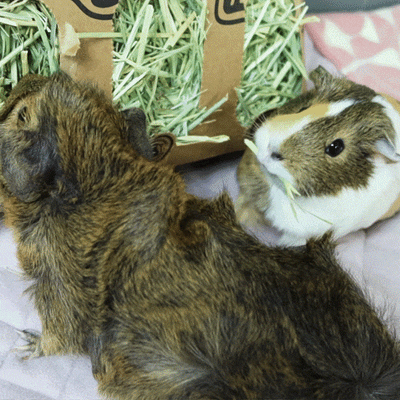

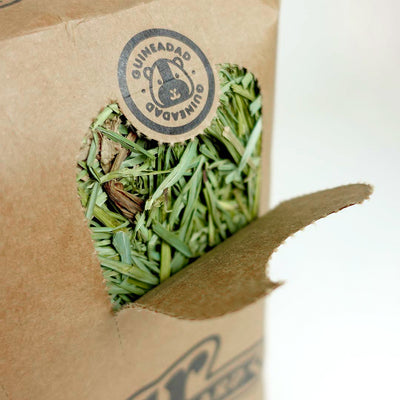
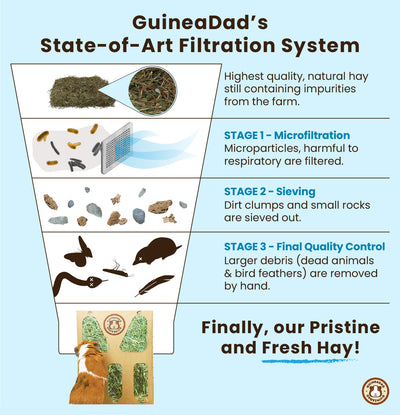
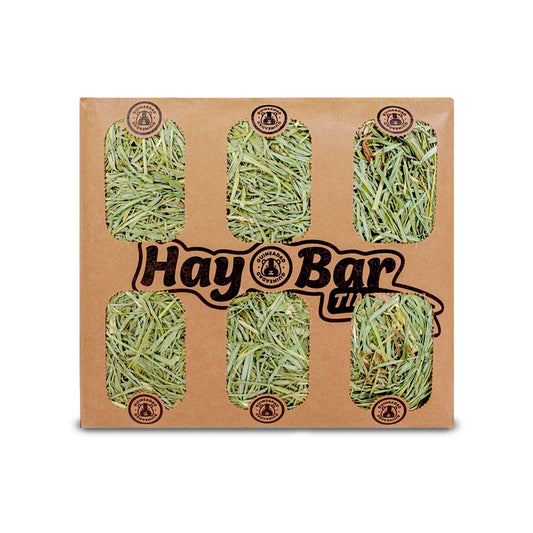
12 comments
Great share! This is very helpful!
Did you know guinea pigs can actually watch TV! They don’t know what it is, but its entertaining for them!
can hamsters and guinea pigs share the same space?
This was a great article! I own a pet hammy. I never thought of getting guinea pigs, but they seem like a nice pet to have :)
thanks this should be really helpful